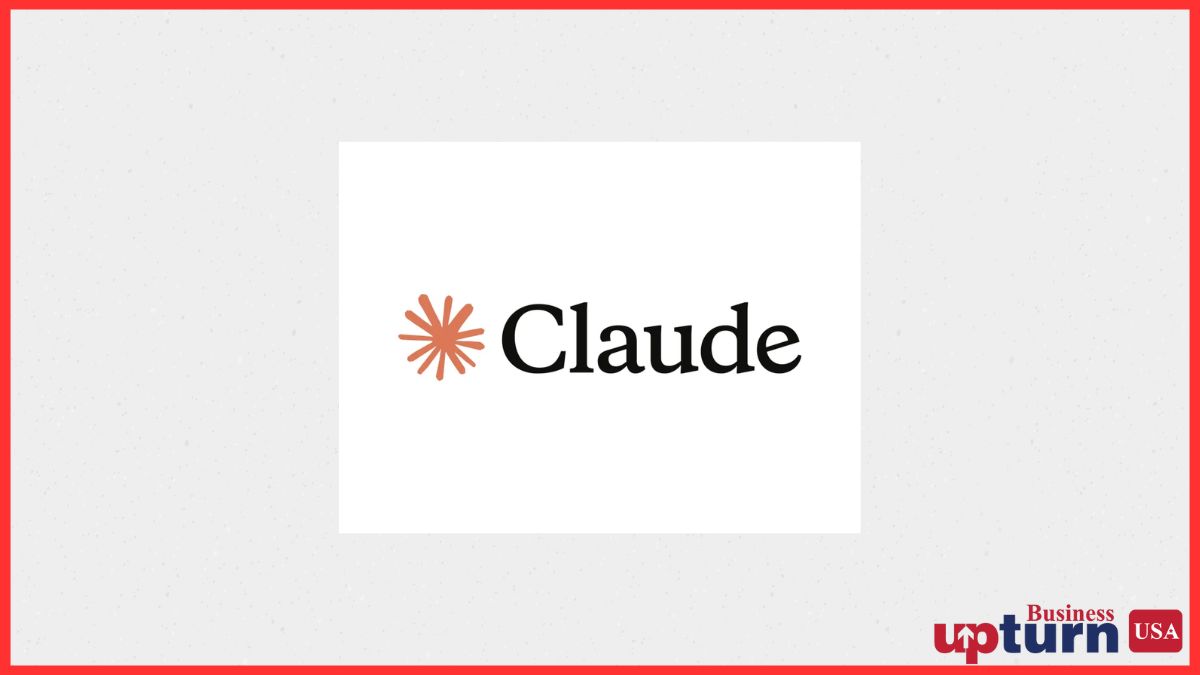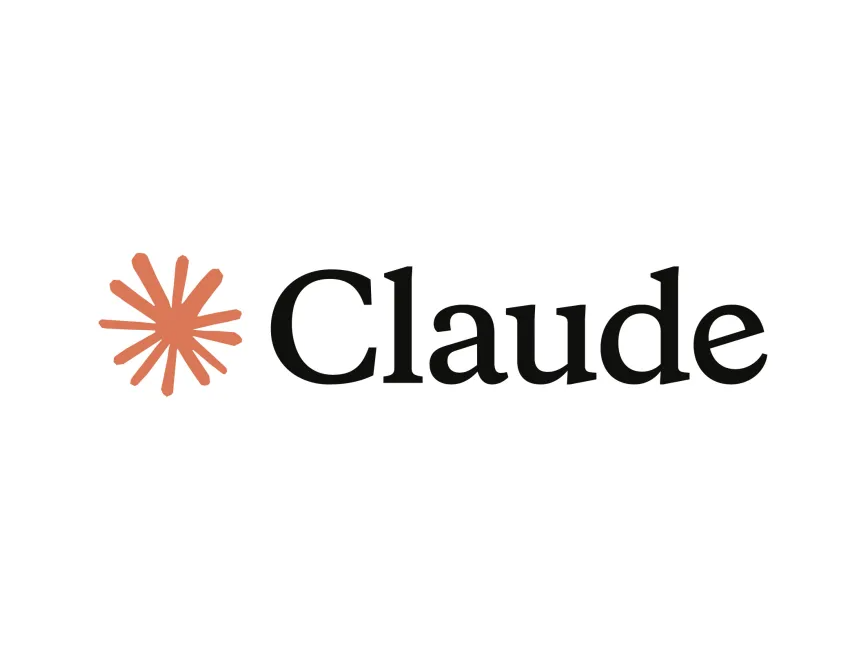
Advertisement
Claude AI, developed by Anthropic, has quickly become one of the most talked-about AI chatbots in the United States. Known for its safety-focused design and human-like conversational abilities, it is emerging as a strong competitor to OpenAI’s ChatGPT and Google’s Gemini. But beyond its technical features, Claude AI’s business model is what truly reveals its long-term potential. Understanding Claude AI revenue strategies and how the US market influences them offers insight into the future of AI monetisation in America.
Anthropic’s approach to scaling Claude is deeply shaped by US-specific market conditions: enterprise AI adoption rates, compliance and regulation pressures, Silicon Valley investment culture, and fierce competition among AI giants. This isn’t just about selling subscriptions—it’s about designing a sustainable, scalable, and trustworthy AI business model in a market that demands both innovation and responsibility.
Anthropic’s US Market Positioning: Building Trust as a Revenue Driver
Claude AI’s positioning in the US is as much about values as it is about capabilities. Anthropic markets Claude as a “safe, steerable, and reliable” AI—a deliberate contrast to concerns over misinformation, bias, and unpredictability in other chatbots.
By aligning with American corporate priorities like risk mitigation, data compliance, and ethical AI practices, Anthropic creates a brand identity that directly supports its Claude AI monetisation strategy. For many US companies, trustworthiness is not just a nice-to-have; it’s a prerequisite for signing high-value contracts.
Subscription Tiers and Claude AI Pricing: A Flexible Monetisation Base
Claude AI’s revenue begins with a subscription-based model targeting both casual users and professionals. The US market, with its high disposable income and willingness to pay for productivity-enhancing tools, provides fertile ground for this approach.
The free tier attracts mass adoption, while paid tiers like Claude Pro offer extended usage limits, faster response times, and priority access to the latest model versions. This tiered Claude AI pricing mirrors US SaaS (Software-as-a-Service) trends, where freemium models serve as a funnel for premium upgrades.
How Subscription Models Fit US User Behavior
American users, accustomed to services like Netflix and Spotify, are comfortable with recurring payments for digital products. This normalisation of subscription culture makes it easier for Anthropic to convert free users into paying customers.
API Licensing: Powering US Developers and Startups
Beyond direct subscriptions, a major revenue stream comes from API licensing. Through the Claude API, US-based developers and startups can integrate Claude’s capabilities into their own products, paying based on usage.
This Claude AI revenue channel is particularly powerful in the US, where the startup ecosystem thrives on rapid prototyping and scaling. By offering scalable API pricing, Anthropic ensures it captures value from both small indie projects and enterprise-scale integrations.
Why API Licensing is Vital in the US Tech Economy
In the competitive US developer market, API availability is often a deciding factor for adoption. By positioning Claude as developer-friendly, Anthropic secures recurring, usage-based revenue while embedding itself into the US digital economy.
Enterprise Contracts: Securing Long-Term US Partnerships
Enterprise clients are the backbone of sustainable AI monetisation in the US. Anthropic actively targets industries such as finance, healthcare, and legal services—sectors with high compliance needs and a willingness to invest in AI solutions.
These contracts often involve custom integration, dedicated support, and strict adherence to US regulatory standards like HIPAA or SOC 2. Because enterprises in the US are prepared to sign multi-year agreements, this creates predictable Claude AI revenue and strong client lock-in.
Competitive Advantage in US Enterprise AI Deals
Claude’s safety-first approach and compliance-readiness give it an edge in sectors where AI adoption is often slowed by risk concerns. This alignment with US corporate culture helps Anthropic close deals faster and at higher price points.
Partnerships with Big Tech: Scaling Reach and Revenue
Strategic partnerships with US tech giants amplify Claude’s distribution and monetisation potential. For example, integrations with productivity platforms, cloud providers, or industry-specific software allow Anthropic to reach millions of users without direct marketing costs.
In the US, where enterprise software ecosystems dominate, these partnerships often include revenue-sharing agreements or bulk licensing deals. This reduces customer acquisition costs while expanding the Claude AI business model beyond direct sales.
How Partnerships Differentiate Claude in the US Market
Unlike some competitors that focus solely on direct-to-consumer growth, Anthropic’s partnership-driven approach taps into existing user bases. This makes it easier to penetrate industries where vendor relationships are already established.
Venture-Backed Growth: US Investor Expectations and Monetisation Pressure
Anthropic is heavily venture-backed, with significant funding from US investors and corporate partners. While this capital fuels rapid development, it also creates pressure to demonstrate scalable revenue models.
In the US startup ecosystem, investors expect clear monetisation pathways, rapid user acquisition, and competitive defensibility. Anthropic’s multi-pronged revenue approach—subscriptions, API licensing, enterprise contracts, and partnerships—aligns with these expectations.
The US Funding Landscape’s Influence on Claude AI Strategy
Venture capital in the US often prioritises growth over immediate profitability. This allows Anthropic to experiment with pricing models and market strategies before locking into a long-term Claude AI monetisation structure.
Differentiating from OpenAI and Google in the US Revenue Race
Claude AI’s business model differs from competitors like ChatGPT and Gemini in key ways. While OpenAI leans heavily on Microsoft integration and Google bundles AI into its ecosystem, Anthropic positions Claude as a standalone, safety-focused alternative.
This differentiation matters in the US, where niche positioning can secure loyalty from specific industries. For example, legal tech firms might choose Claude for its compliance focus, while creative agencies may prefer its nuanced conversational abilities.
Competitive Pricing and Value Perception in the US
Claude AI pricing is competitive but strategically placed to signal quality. In the US, price perception can be as important as features, and Anthropic balances affordability with premium branding.

US Compliance as a Monetisation Asset
In the US, regulatory compliance isn’t just a hurdle—it can be a selling point. Claude’s ability to operate within frameworks like GDPR (for international clients) and US-specific laws positions it as a safer choice for industries under scrutiny.
By marketing compliance readiness as part of its value proposition, Anthropic can charge premium rates to clients who see non-compliance as a major financial risk.
Turning Compliance into a Competitive Advantage
In sectors like finance or healthcare, US companies face fines and reputational damage for mishandling data. Claude’s compliance focus directly addresses this pain point, making it a revenue driver rather than a cost.
The Developer Ecosystem: Multiplying US Revenue Potential
Claude’s long-term US monetisation strategy hinges on building a robust developer ecosystem. By encouraging third-party applications, plugins, and integrations, Anthropic creates indirect revenue channels.
US developers value stability, documentation, and community support. By providing these, Anthropic ensures Claude remains embedded in the US tech stack, leading to sustained API usage and licensing fees.
Developer Loyalty as a Revenue Moat
Once developers build around a specific API, switching costs increase. This lock-in effect can lead to predictable revenue streams in the US market, where developer ecosystems often decide platform winners.
A Future Monetisation Pathway: White-Label Claude for Niche US Industries
One underexplored revenue path for Claude AI could be white-labeling—offering its AI engine as a behind-the-scenes tool for niche US industries. Legal tech, education platforms, and even municipal government services could embed Claude without branding it as such.
In this model, Anthropic earns revenue from licensing while allowing partners to rebrand the AI. For US clients, this offers flexibility and integration without the overhead of developing their own AI from scratch.
Why This Could Work in the US
White-label AI solutions fit perfectly with US industries that require custom branding or proprietary control over AI interfaces. It’s a scalable approach that could open entirely new revenue streams for Claude.
Conclusion: Claude AI’s US-Centric Revenue Playbook
Claude AI’s business model is a carefully constructed mix of subscriptions, API licensing, enterprise contracts, partnerships, and investor-backed growth—all shaped by the unique demands of the US market. From leveraging compliance as a selling point to targeting developer ecosystems, every move reflects a deep understanding of American business culture.
As the Claude AI US market evolves, so will its monetisation strategies. Whether through new partnership models, industry-specific integrations, or white-label offerings, Anthropic is building a revenue engine that could redefine AI economics in the United States. For US businesses and consumers alike, Claude’s monetisation journey offers a glimpse into the next chapter of AI’s commercial future.
This article is intended for informational and editorial purposes only. It does not constitute endorsement or promotion of any artificial intelligence technology. Business Upturn makes no representations or warranties regarding the accuracy, completeness, or reliability of the information provided.
